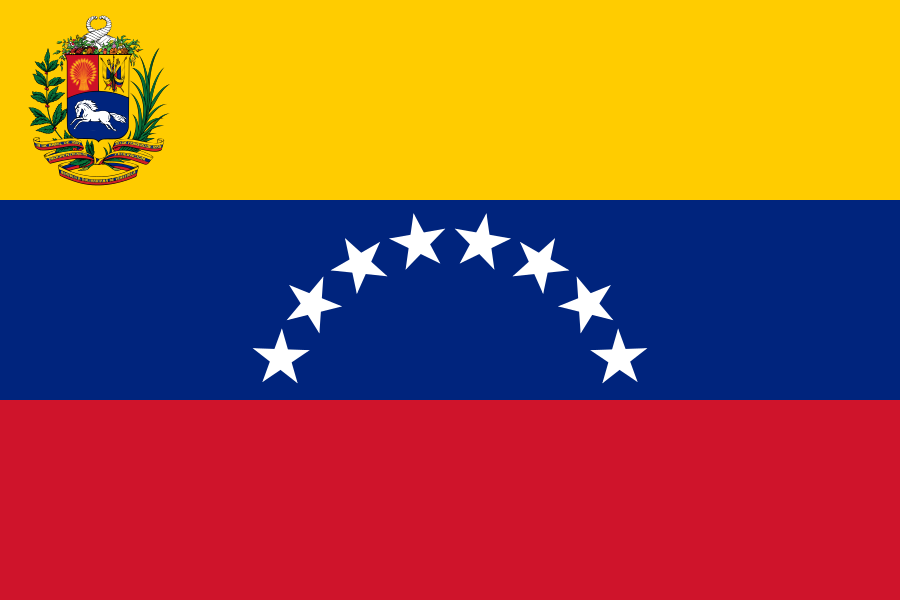

By RYAN MALLETT-OUTTRIM of venezuelanalysis.com
Puebla, Mexico, May 11, 2017 (venezuelanalysis.com) — Two more Venezuelans died Wednesday amid ongoing unrest, with officials in Caracas calling for an official investigation into the role of right-wing snipers in the violence.
Late Wednesday the public prosecutor’s office confirmed the death of Miguel Castillo, 27, during an opposition protest in Miranda state. The prosecutor is investigating the case, while a separate commission has also been established by the ombudsperson’s office to look into the death.
According to interior minister Nestor Reverol, Castillo was killed by a gunshot at close range, though it’s unclear whether the shot was fired by security forces or protesters. He emphasized that the autopsy is yet to be completed, but said there were signs Castillo was shot at close range.
“All the necessary investigations are being done to clarify the case,” Reverol said.
Opposition politicians quickly blamed government forces for the killing. One legislator from the main opposition coalition, the MUD, Jose Manuel Olivares, said Reverol will “be remembered as a killer.”
“Today the minister again ordered that Venezuelans be killed,” he said during a press conference.
The legislator continued by claiming there was evidence Castillo was killed with a marble used as a bullet, before arguing this proved security forces were responsible.
“The young Castillo had entry and exit wounds in the left arm, [with the projectile] lodging in his chest,” he said, according to El Nacional.
Marbles and ball bearings are often used by anti-government protesters as improvised ammunition, while state security forces usually use standard crowd control ammunition, such as rubber buckshot. Nonetheless, the opposition has accused security forces of secretly using marbles instead of crowd control ammunition.
At least five protester deaths have been attributed to the actions of security forces over the past two months, according to data compiled by Venezuelanalysis. However, some deaths initially blamed on police and the National Guard have later been attributed to protesters, who often carry firearms and improvised weapons.
Another Death in Mérida
The day before Castillo’s death, three people were injured in the Andean city of Mérida by a suspected sniper. The injured included a police officer, student and a motorbike taxi worker, Anderson Dugarte. On Wednesday, Dugarte died of his wounds, while the two other injured remain in critical conditions.
Referred to locally as mototaxistas, motorbike taxi workers are often stereotyped as government supporters, though Dugarte’s political affiliation is unknown.
Nonetheless, Merida’s socialist state governor Alexis Ramirez blamed the opposition for Dugarte’s death, labelling the sniper a “terrorist.”
“This is part of the fascist plan of the right-wing terrorists, directed by [National Assembly head and MUD legislator] Julio Borges – you are responsible!” Ramirez said.
The sniper incident prompted Ombudsman Tarek William Saab to call for an official investigation into allegations opposition protests have been infiltrated by snipers. On April 24th, two local government workers were also murdered by sharp-shooters in Mérida.
Taking to social media, Saab accused far right groups of the “systematic use of gunmen and snipers” to create chaos on the streets.
Saab urged the public prosecutor’s office and the country’s forensic police, the CICPC, to head the investigation.
Overall, 15 deaths related to political unrest since early April have been attributed to the actions of anti-government groups. The latest two casualties bring the total death toll to 44, making the current wave of unrest deadlier than the violence of 2014.
Forty-three people died during the protests of 2014, when the opposition sought to force President Nicolás Maduro from office with a campaign of street violence and attacks on infrastructure. Until now, the 2014 unrest was Venezuela’s worst wave of violence in more than two decades. With the latest deaths, the current violence is now the deadliest chapter of political unrest in Venezuela since the 1989 Caracazo, when potentially thousands of Venezuelans died at the hands of state security personnel during a week of protests and riots against a neoliberal structural adjustment plan.
***
This story was originally published on May 11, 2017 on Venezuelanalysis.com


